Anyone who’s been using computer technology for any length of time – which probably includes most of us – will know just how frustrating it can be to lose data. Whether you’ve inadvertently deleted the wrong file or suffered some sort of technical failure, it’s hard to know where to begin to recover your lost data. Of course, perhaps the best thing to do to prevent this is to ensure you keep backups – perhaps multiple backups depending on the importance of the file in question. Nevertheless, it may be possible to recover data which is stored on a damaged or corrupt device.
How to recover lost data
There are a number of steps you can take in your attempts to recover lost data. If your hard drive has suffered physical damage, then it may be possible to repair it. However, you should remember that if you make physical alterations to your hard drive, the chances are you’ll be render any applicable warranty invalid. You may also lose data through what’s known as ‘logical damage’ – in other words, through a device failure, power outage or similar problem. In this situation, you could perform a consistency check to see whether or not everything is as it should be. However, if your drive has suffered severe damage, then this may fail altogether.
Another method of data recovery is data carving. This involves looking for files that have no allocation information – once the specific location of the files has been discovered, the exact amount of data used can be blocked out and the relevant files can be recovered. However, this tends to be very time-consuming. You can also recover data from other devices except for computers. Smartphones, for instance, can suffer from various glitches and data can be lost that way.
Data storage tips
It’s worth taking great care with your data to minimise the risk of suffering disruption from technical failure or inadvertent deletion. The most important thing you need to remember here is to keep backups, but you also need to think carefully about where you store your files. For one thing, you should avoid storing documents on the same drive as your operating system. If you do this and then find you have a problem with your operating system – most viruses generally tend to affect the operating system, for example – then you’ll probably find that you have no choice but to reinstall it and reformat the relevant disk drive, and in the process you’ll lose any data you had saved. It might be a good idea to install a second internal hard drive, as this will most likely be unaffected by any problems you have with your operating system.
Furthermore, you should also take great care to avoid viruses and malware, as these can wreak havoc with your computer. In particular, you should be very wary of opening attachments. Most third-party email providers will probably have some sort of virus checker in place to block unsafe email attachments, but these aren’t always reliable. Unless you can be absolutely sure that the relevant attachment has come from a reliable source, it may be best if you just don’t open it.
Hayley Spring is writing on behalf of Lima Networks, award winning IT support and solutions specialists based in the North West of England.
Hayley Spring writes consumer guidance articles on behalf of Broadbandchoices.com. One of the UK's leading broadband comparison sites.

1 Comment
Leave a Reply
Cancel reply
Leave a Reply
This site uses Akismet to reduce spam. Learn how your comment data is processed.













































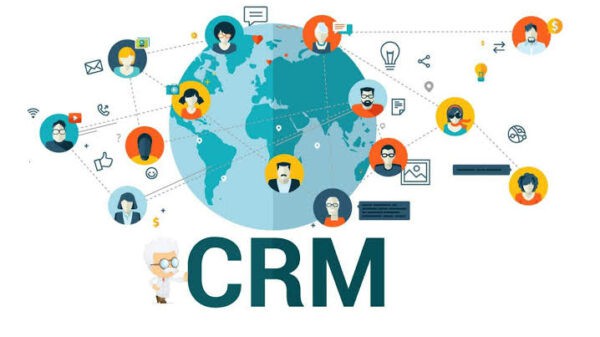












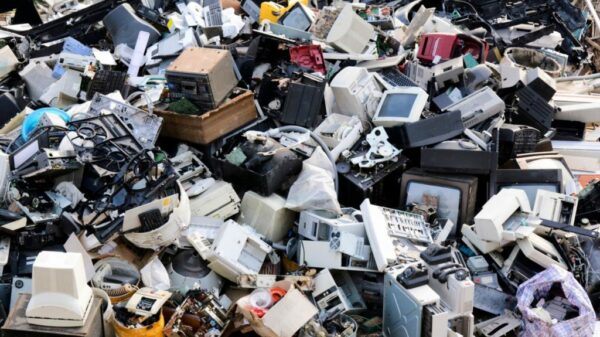
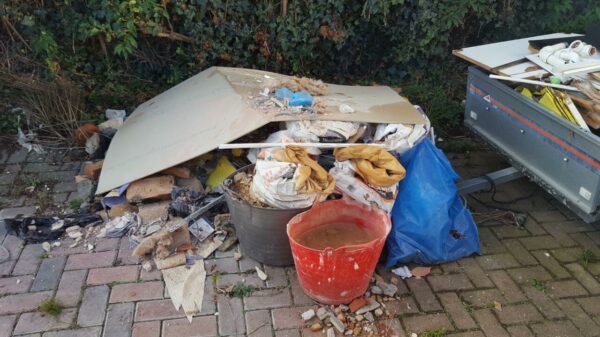







































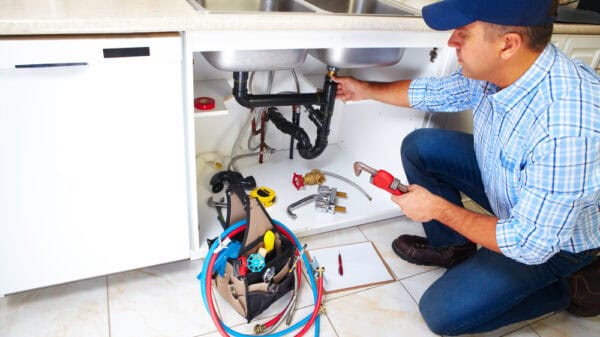
















































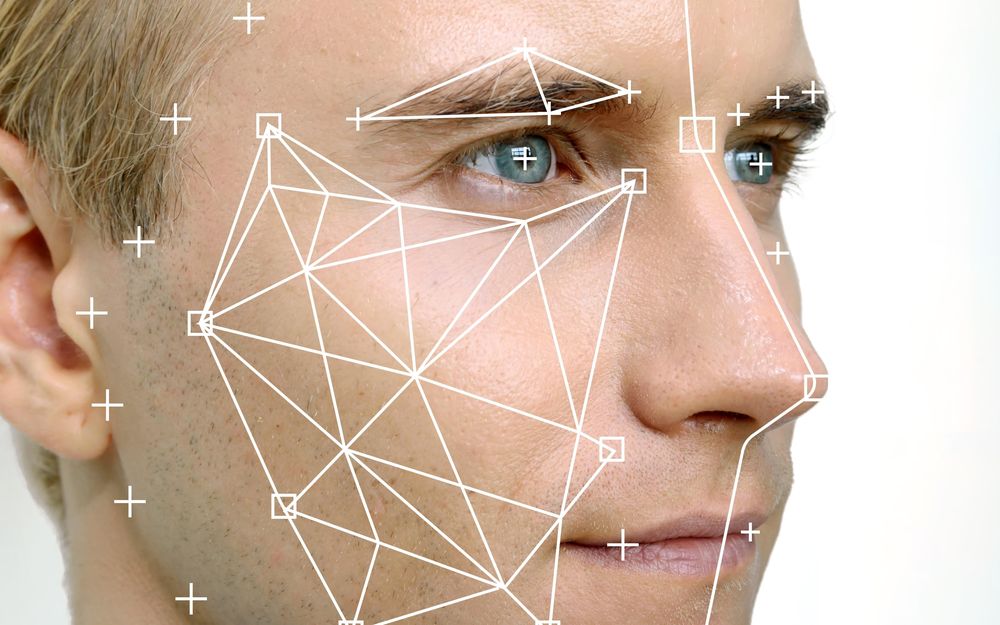



















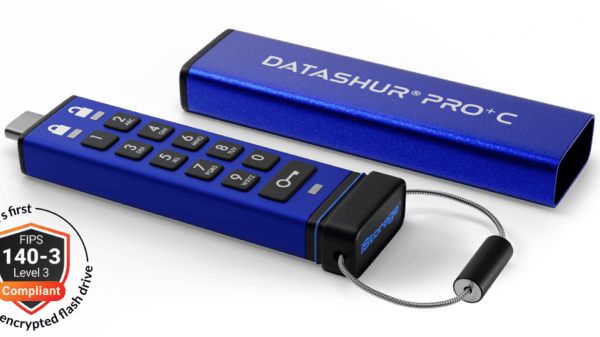


















Alia Martyin
September 23, 2013 at 6:44 pm
It has been like a gift for the one who have lost their data and they have no other choice but recovery tools have been charm.